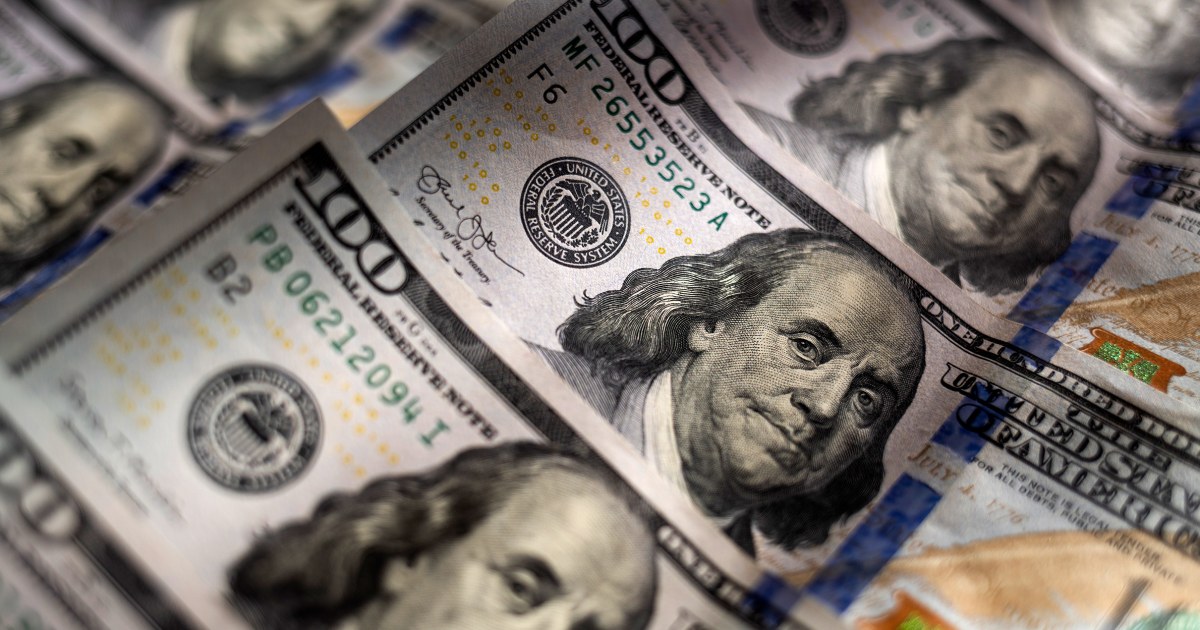The Hidden Dangers of Cash in a Tumultuous Market
When stock markets turn volatile, many investors instinctively flee to cash, believing it to be the safest harbor. However, financial experts warn that holding excessive cash during uncertain economic times carries overlooked risks—from inflation erosion to missed growth opportunities. As global markets face inflation spikes and recession fears in 2024, understanding these pitfalls becomes critical for long-term wealth preservation.
Inflation: The Silent Wealth Eroder
Cash loses purchasing power over time due to inflation, a risk magnified in high-inflation environments. The U.S. Bureau of Labor Statistics reports that annual inflation averaged 4.1% in 2023, meaning $10,000 in cash would effectively be worth just $9,590 after one year. Historically, inflation outpaces interest rates on savings accounts—currently averaging 0.46% APY for traditional accounts, according to FDIC data.
“Cash isn’t a risk-free asset; it’s a guaranteed loss in real terms when inflation runs hot,” says Dr. Elena Rodriguez, chief economist at Horizon Financial Advisors. “During the 1970s stagflation crisis, cash holders saw their wealth shrink by nearly 50% over a decade.”
Opportunity Costs and Market Timing Risks
Exiting the market to hold cash often backfires. A 2023 Vanguard study found that investors who moved to cash during the 2020 market crash missed out on median returns of 34% in the subsequent recovery. Similarly, missing just the 10 best trading days between 2012 and 2022 would have slashed portfolio returns by 38%.
- Liquidity traps: Over-reliance on cash can lead to impulsive decisions, like buying back into markets at higher prices.
- Dividend drought: Cash generates no income compared to dividend-paying stocks or bonds.
The Psychological Pitfalls of Cash Hoarding
Behavioral economists note that cash-heavy investors often fall prey to loss aversion—prioritizing short-term security over long-term gains. “The illusion of safety in cash can paralyze investors,” notes behavioral finance expert Mark Tannenbaum. “They wait for a ‘perfect’ re-entry point that rarely arrives, locking in losses from inflation and stagnation.”
For example, retirees holding excessive cash may face longevity risk: outliving their savings due to insufficient growth.
Balancing Safety and Growth in Uncertain Times
Experts recommend a diversified approach instead of all-cash positions:
- Short-term Treasuries: Yields above 5% (as of Q1 2024) with minimal risk.
- High-quality bonds: Hedge against equity volatility while providing income.
- Dollar-cost averaging: Systematic investments mitigate timing risks.
Future Outlook: Cash in a Digital Currency Era
With central banks exploring digital currencies (CBDCs) and cash usage declining—down to 18% of payments in 2023 per Federal Reserve data—the role of physical cash may further diminish. Some analysts predict negative interest rates could return, penalizing cash holdings.
Key Takeaways for Investors
While cash provides liquidity and short-term stability, its long-term risks demand strategic allocation. Rodriguez advises, “Limit cash to 6–12 months of living expenses. For the rest, stay invested according to your risk tolerance.”
For those uncertain about market timing, consult a fiduciary advisor to tailor an inflation-resistant portfolio. The hidden dangers of cash remind us that true safety lies in diversification, not avoidance of risk altogether.
See more CNBC Network



